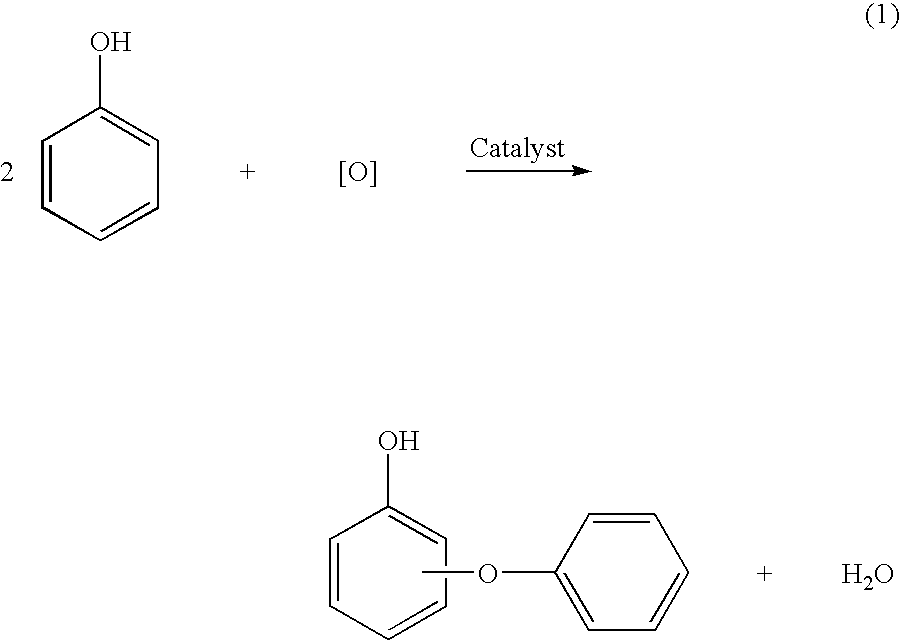Composition for polishing metal, polishing metod for metal layer, and production method for wafer
- Summary
- Abstract
- Description
- Claims
- Application Information
AI Technical Summary
Benefits of technology
Problems solved by technology
Method used
Image
Examples
examples
[0071] As follows is a more detailed description of specifics of the present invention, based on a series of examples, although the present invention is in no way restricted by the examples presented below.
(Polishing Rate Test)
[0072] Under the conditions listed below, a metal layer was polished by supplying a metal polishing composition onto the polishing cloth on the polishing plate of a polishing apparatus, while the wafer was pressed against the polishing cloth, as the polishing plate and the wafer were moved relative to each other, and the polishing rate during this process was measured. [0073] Wafer: a silicon wafer with a copper film cut into a sample of size 4×4 cm [0074] Relative speed between wafer and polishing plate: 54 m / minute [0075] Polishing pressure: 10 MPa [0076] Polishing pad: IC1000 / SUBA400, manufactured by Rodel Nitta Company Ltd. [0077] Metal polishing composition supply rate: 13 ml / minute [0078] Measurement of polishing rate: calculated from electrical resis...
reference examples 1 to 3
Polymerizability of Persimmon Tannin
[0086] The polymerizability of persimmon tannin was investigated. Persimmon tannin and hydrogen peroxide were combined in a sample bottle in the quantities shown in Table 1, an aqueous solution of copper acetate was added, and the state of the solution was observed.
[0087] In the reference example 1, the solution changed to a brown color, and thickened to form a gel. In comparison, in the reference example 3, in which no copper acetate was added, no changes were observed in the state of the solution. In the reference example 2, in which hydrogen peroxide was not added, the color of the solution changed, but gelling did not occur.
[0088] In order to confirm that the gel product in the reference example 1 was derived from the persimmon tannin, the infrared spectra of the isolated and dried gel product and the raw material persimmon tannin were analyzed. The spectra were obtained using a KBr method. The raw material persimmon tannin displayed absorp...
examples 1 to 3
Comparative Example 1
[0090] Using persimmon tannin as a film forming compound, malic acid as an organic acid, and hydrogen peroxide as an oxidizing agent, metal polishing compositions of the examples 1 to 3 and the comparative example 1 were prepared with the compositions shown in Table 2, and subsequently subjected to the etching test described above. In the example 1, which used a metal polishing composition comprising persimmon tannin, malic acid, and hydrogen peroxide, a film was formed rapidly on the surface of the copper sheet, and etching was suitably suppressed. This film was washed with water, dried, and the infrared spectrum then recorded and analyzed, in a similar manner to the reference example 1. The film displayed absorptions corresponding with a phenol O—H stretching vibration (3418 cm−1), an aromatic C—H stretching vibration (2925 cm−1), an ester C═O stretching vibration (1711 cm−1), and an aromatic C—C ring stretching vibration (1620 cm−1), confirming that the film...
PUM
 Login to View More
Login to View More Abstract
Description
Claims
Application Information
 Login to View More
Login to View More - R&D
- Intellectual Property
- Life Sciences
- Materials
- Tech Scout
- Unparalleled Data Quality
- Higher Quality Content
- 60% Fewer Hallucinations
Browse by: Latest US Patents, China's latest patents, Technical Efficacy Thesaurus, Application Domain, Technology Topic, Popular Technical Reports.
© 2025 PatSnap. All rights reserved.Legal|Privacy policy|Modern Slavery Act Transparency Statement|Sitemap|About US| Contact US: help@patsnap.com

